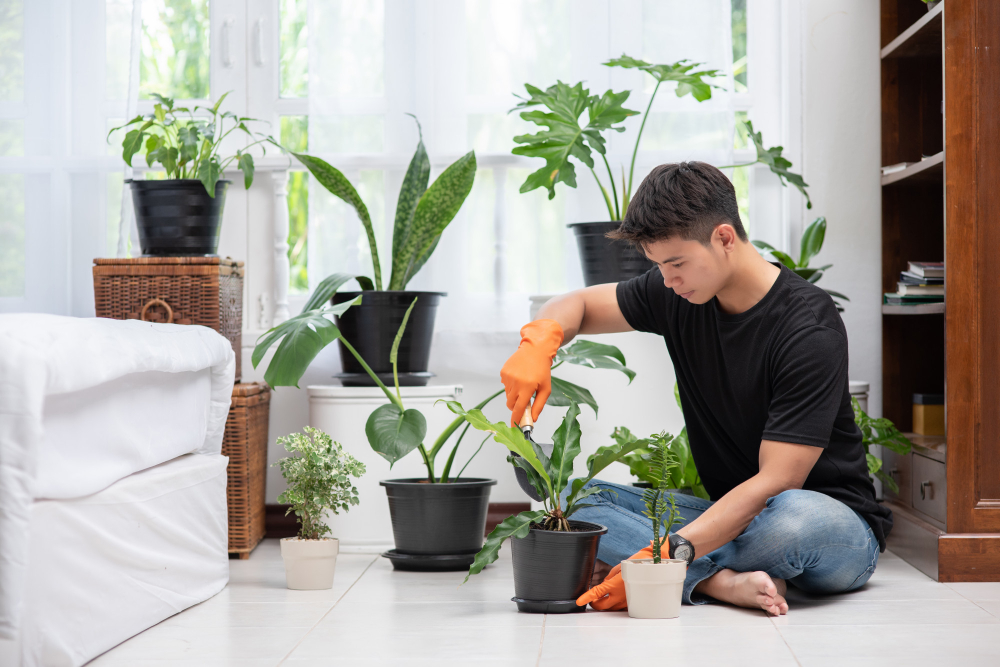

Living in an apartment doesn't mean you have to settle for a life without greenery and fresh air. In fact, with a bit of creativity, you can turn your small balcony, kitchen, or windowsill into a thriving garden. Whether you want to grow your herbs for cooking, decorate your space with colorful flowers, or simply enjoy the calming view of lush plants, apartment gardening can bring you closer to nature and boost your well-being. In this blog post, we'll share some expert tips and tricks on how to start a successful apartment garden, even if you don't have a green thumb.
The first step to apartment gardening success is to choose the right plants and containers. Some plants, such as herbs, lettuce, or succulents, thrive in small spaces and don't require much maintenance. Other plants, such as tomatoes, peppers, or fruit trees, may need more sunlight, space, and nutrients, so choose wisely. For containers, you can use pots, planters, window boxes, hanging baskets, or even recycled objects like cans, jars, or bottles. Remember to use a good quality potting soil, fertilizer, and drainage holes to ensure your plants have the right conditions to grow.
While apartment gardening can be challenging, it's also an opportunity to think outside the box. Look for ways to maximize your space and vertical surfaces, such as walls, railings, or shelves. You can use hanging baskets or wall planters for trailing plants like ivy or ferns, or stack containers on top of each other for a tiered effect. You can also create a mini garden on a windowsill or balcony by placing plants in a row and adding some colorful accessories or décor.
One of the most important aspects of successful apartment gardening is to stay on top of maintenance tasks such as watering, feeding, pruning, and cleaning. Depending on the type of plant and container, you may need to water your plants daily or weekly, but be careful not to overwater or underwater them. You can also use self-watering containers or irrigation systems to save time and water. For feeding, consider using organic or natural fertilizers such as compost, fish emulsion, or worm castings, which can improve the soil quality and promote healthy growth. For pruning and cleaning, remove dead leaves or stems, and dust the leaves regularly to prevent pests and diseases.
Lastly, one of the best things about apartment gardening is that you can connect with a vibrant community of gardeners online and offline. Many websites, blogs, forums, or social media groups are dedicated to apartment gardening tips, DIY projects, and plant care advice. You can also join a local garden club, attend gardening events, or visit botanical gardens to get inspired, learn new skills, and meet like-minded people. Sharing your gardening journey with others can be a rewarding and fulfilling experience that adds value to your life.
Apartment gardening is not only a fun hobby, but also a way to bring nature closer to your living space, reduce your carbon footprint, and improve your mental and physical health. With a bit of commitment, creativity, and patience, you can create a green oasis that reflects your personality, tastes, and goals. Whether you're a beginner or an experienced gardener, there's always something new to learn and explore in the world of apartment gardening. So go ahead, grab a plant, and make your apartment a beautiful and sustainable home. If you're looking for apartments in Cayce, SC, contact Otarre Pointe Apartments today to schedule a personal tour.